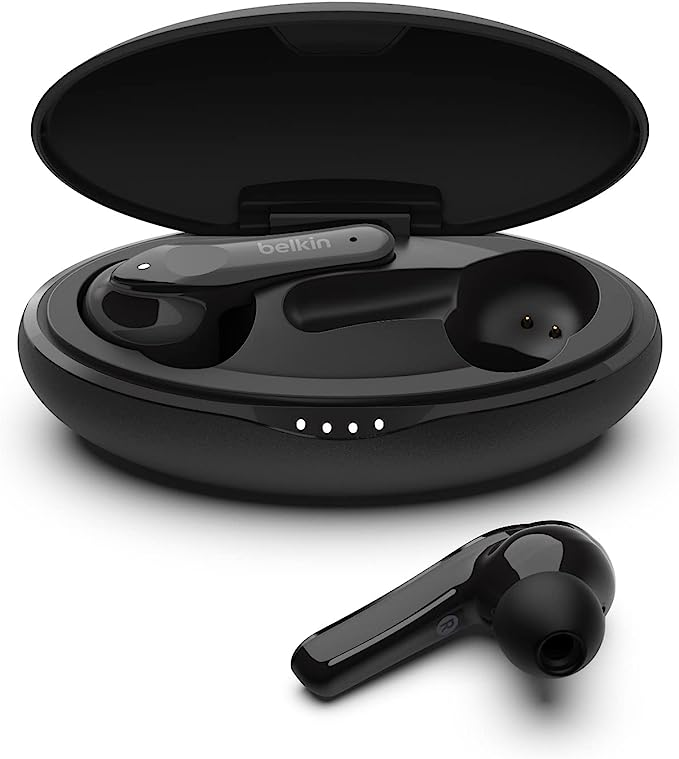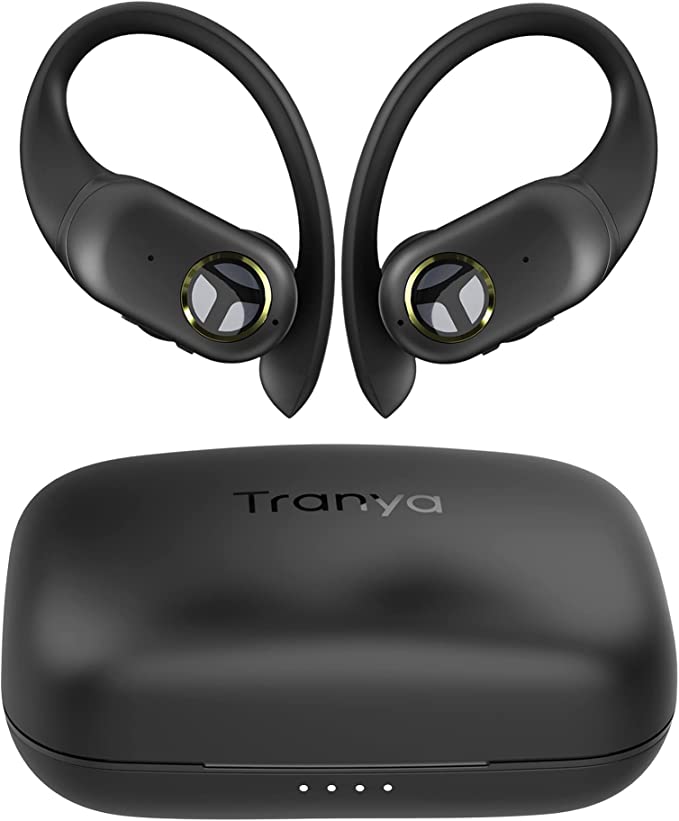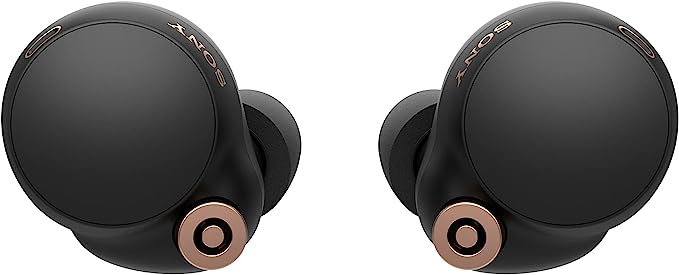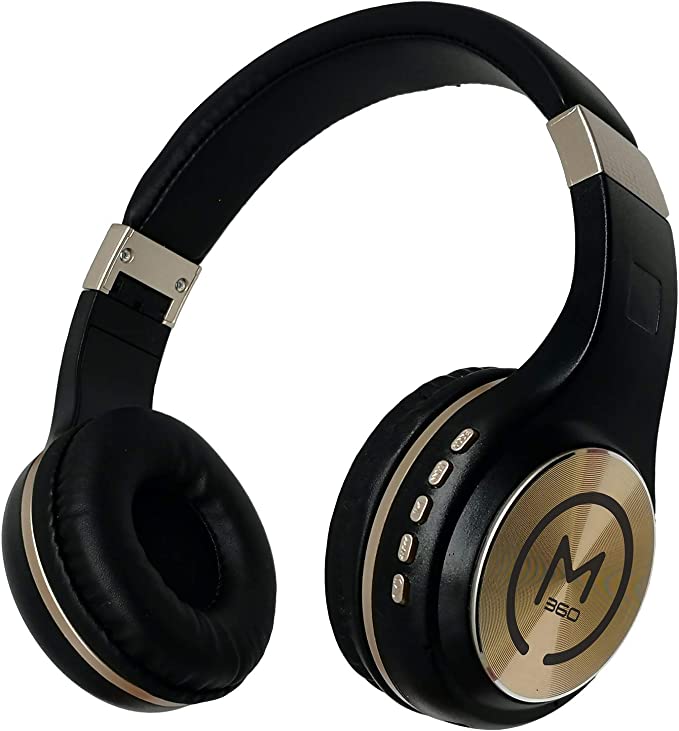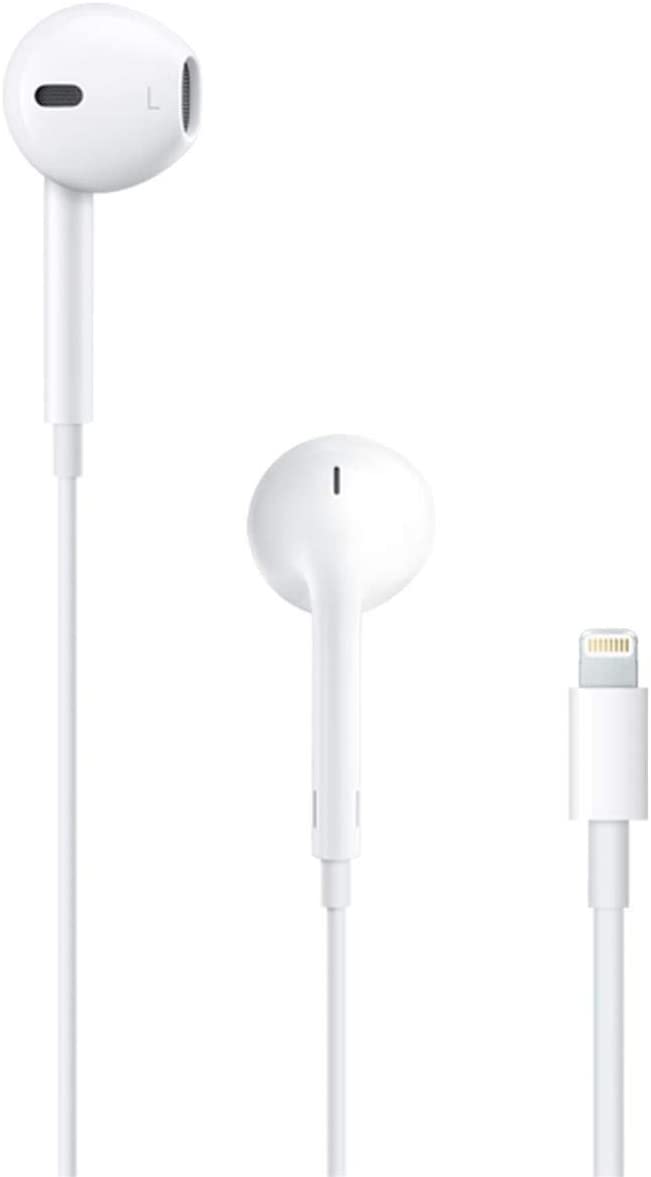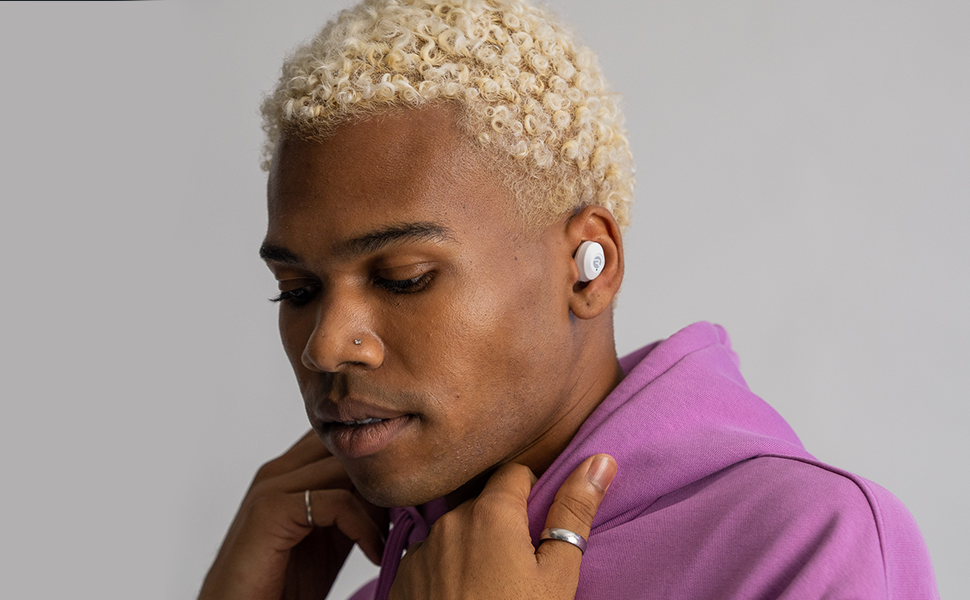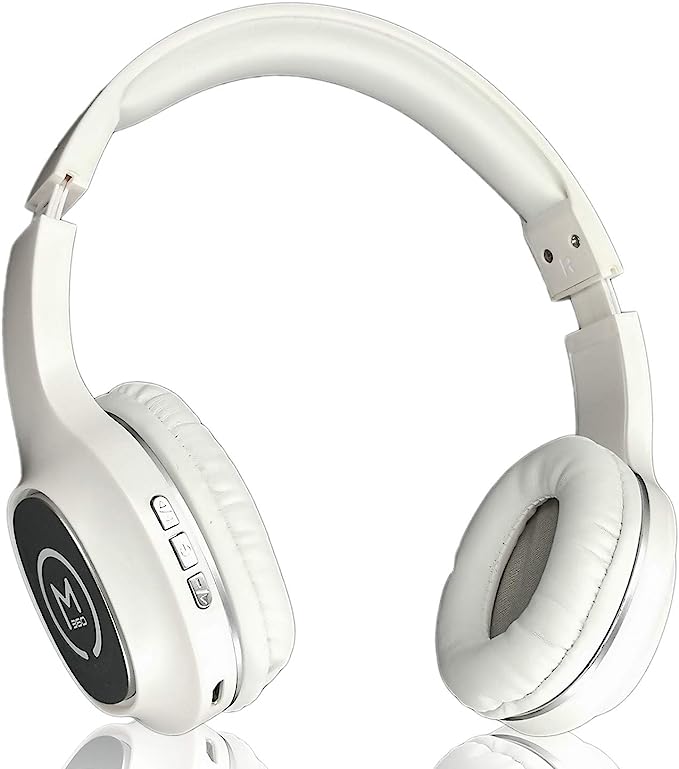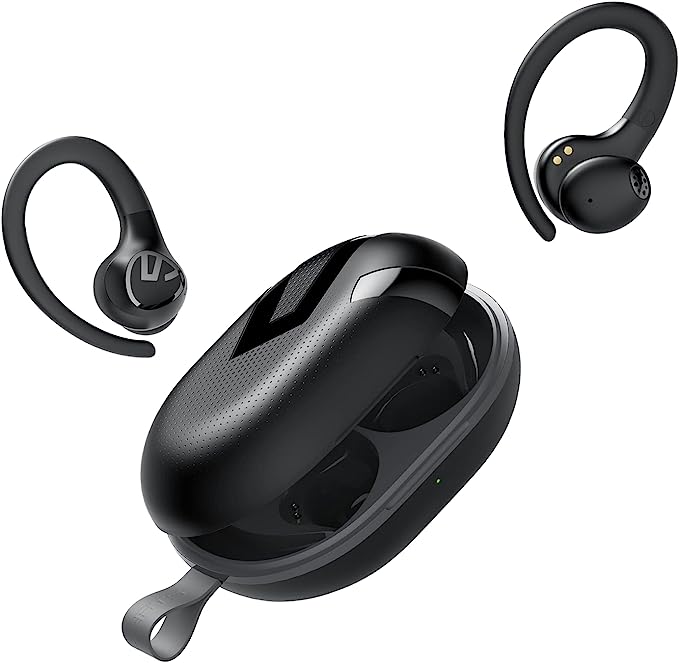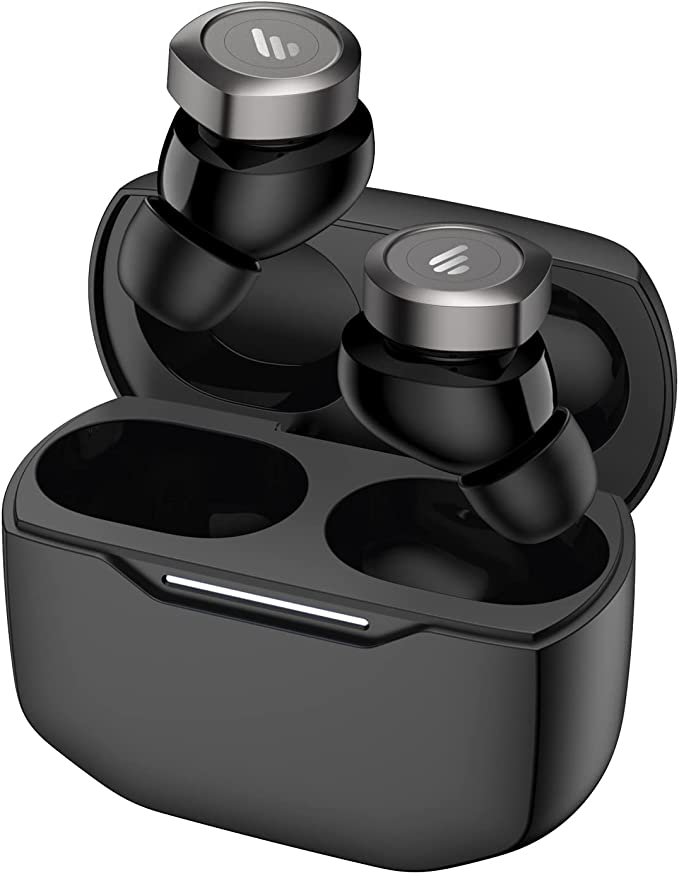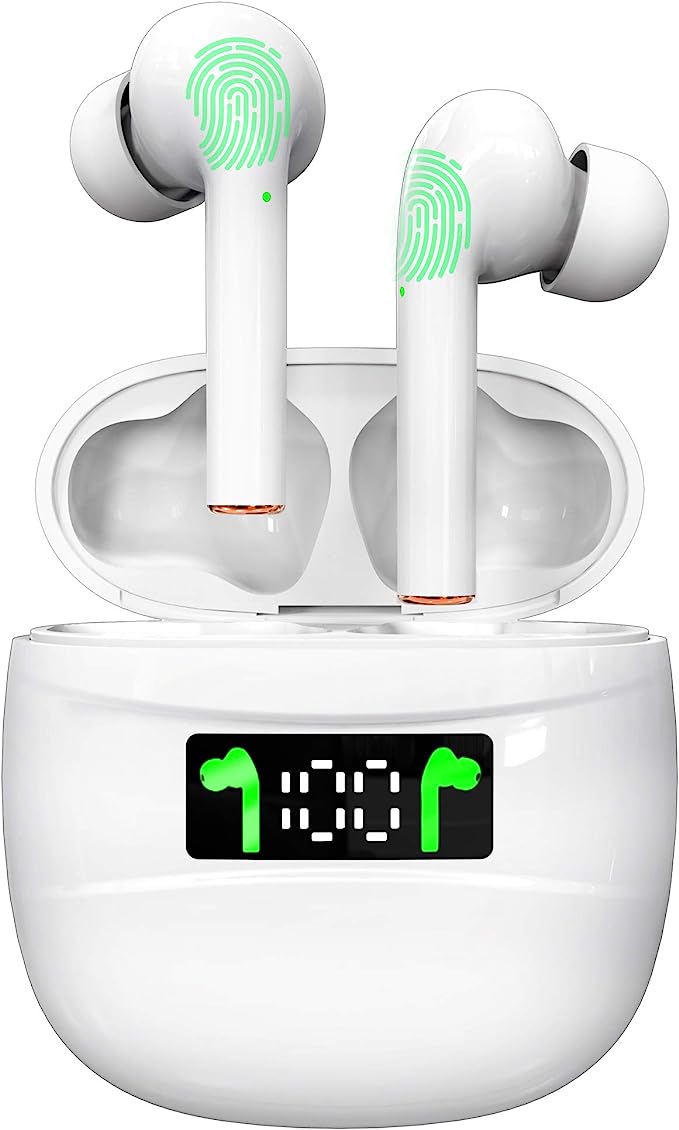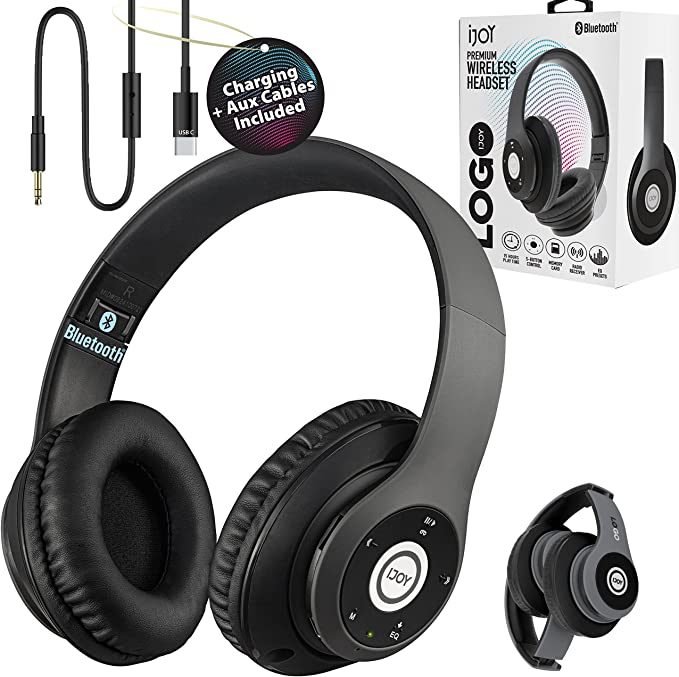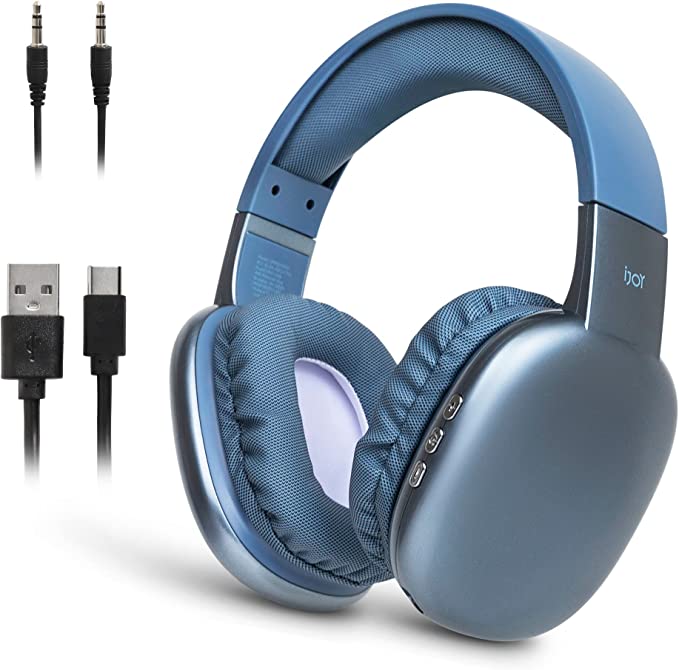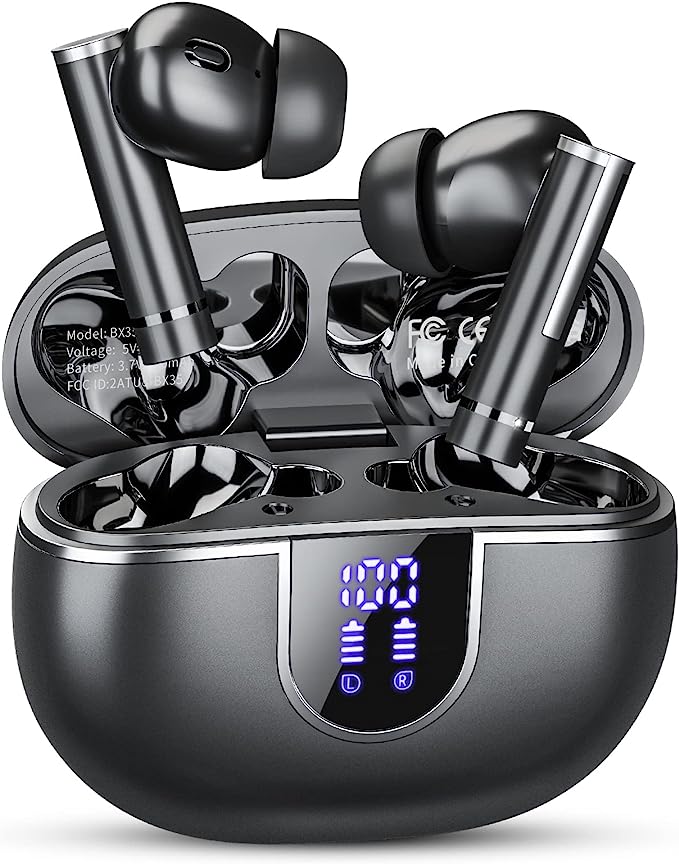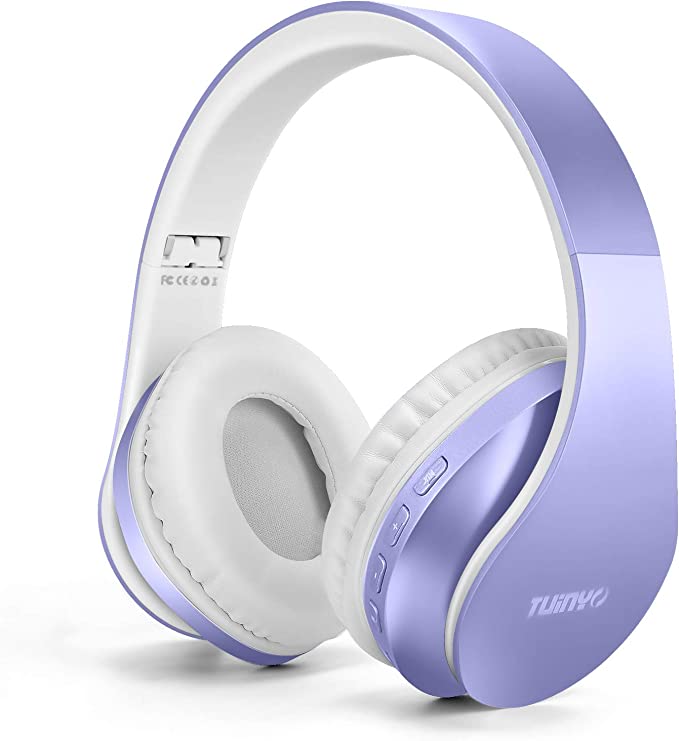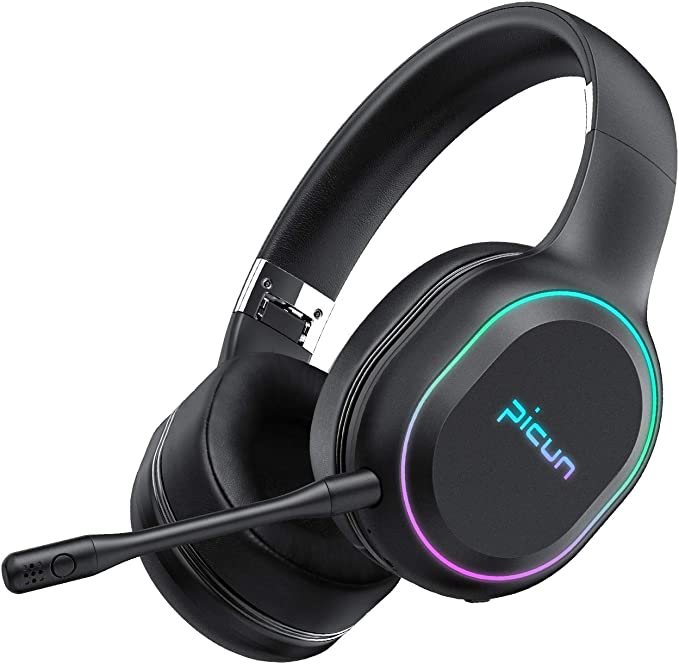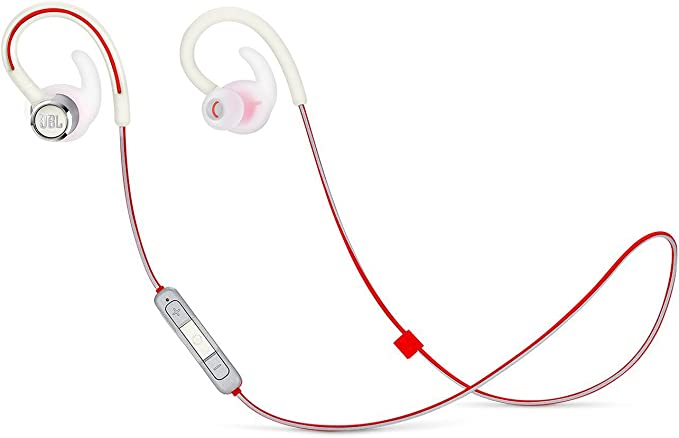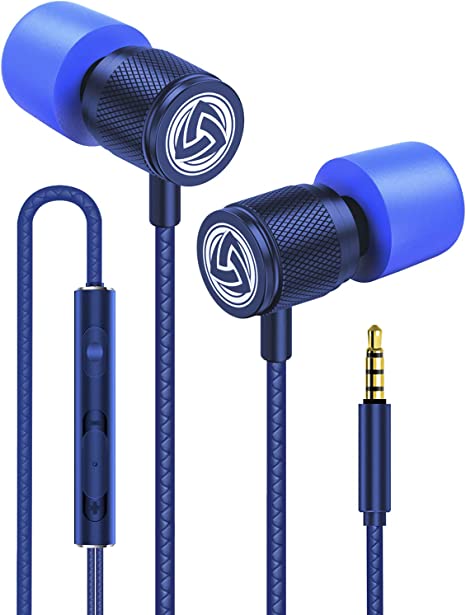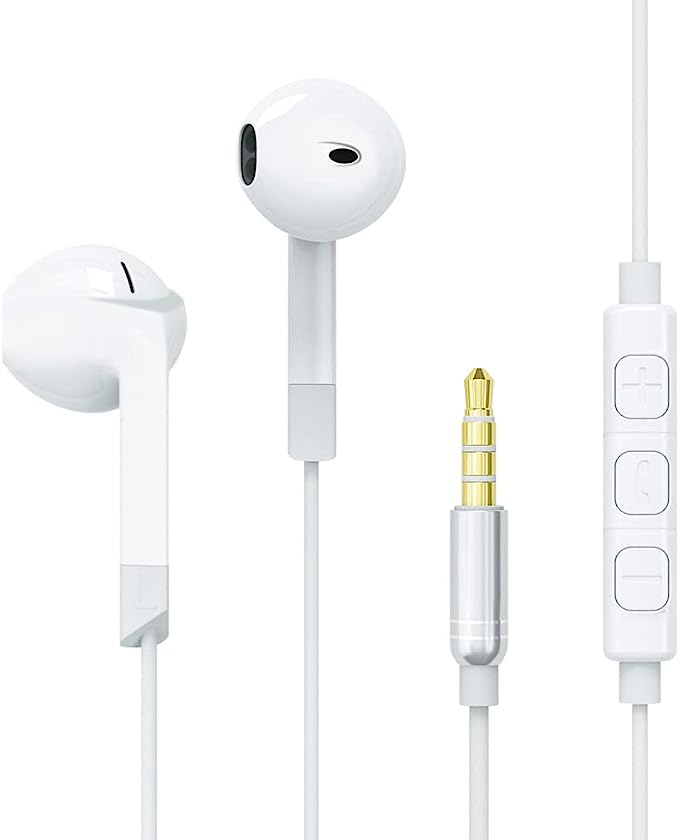The Science of Silence: How Noise Cancelling Earbuds Like the WISELION ZT01 Actually Work
Update on Aug. 12, 2025, 6:22 p.m.
In the constant hum of the modern world—the drone of traffic, the chatter of an open-plan office, the rumble of a subway car—silence has become a sought-after luxury. We crave a personal bubble, a portable oasis where we can focus, relax, or simply lose ourselves in music. This desire has fueled the rise of a remarkable piece of technology: the noise-cancelling earbud. While premium models often steal the spotlight, the underlying science is now more accessible than ever, neatly packed into affordable devices like the WISELION ZT01.
But have you ever wondered how, exactly, these tiny gadgets can seemingly erase the world around you? It’s not magic; it’s a fascinating symphony of physics, engineering, and material science. Using the ZT01 as our case study, let’s peel back the layers and discover the extraordinary science humming quietly inside your pocket.

The Calculated Sound of Silence
The most captivating feature of modern earbuds is their ability to actively cancel noise. This isn’t just about plugging your ears; it’s an elegant application of fundamental physics. At its core, sound is simply a wave of pressure traveling through the air. These waves have peaks and troughs, just like ripples in a pond. The core principle of Active Noise Cancellation (ANC) is a beautifully simple concept known as destructive interference.
Imagine you could create a new set of ripples in that pond that were a perfect mirror image of the first—where every peak was met with an equal trough, and every trough with an equal peak. When they meet, the water surface would flatten, becoming still. This is precisely what ANC does with sound waves.
Tiny microphones on the outside of the earbuds constantly listen to the ambient noise around you—the low, persistent drone of an airplane engine, for instance. This captured soundwave is instantly fed to a specialized microchip inside, the Digital Signal Processor (DSP), which acts as the system’s brain. In a fraction of a millisecond, the DSP analyzes the incoming noise and generates a brand new soundwave that is its exact opposite—an “anti-noise” signal. This anti-noise is then played through the earbud’s internal speaker. When the original engine drone and the newly created anti-noise wave meet in your ear canal, they cancel each other out. The result isn’t absolute silence, but a dramatic reduction in perceived noise.
When a product like the ZT01 claims to reduce noise by up to 25 decibels (dB), it’s a significant figure. The decibel scale is logarithmic, meaning this reduction can make the roar of a jet engine feel more like the gentle hum of a refrigerator. It’s crucial to understand, however, that this technology is most effective against constant, low-frequency sounds. The physics of generating a perfect anti-noise signal in real-time makes it less effective against sudden, sharp, high-frequency sounds like a dog bark or a nearby conversation. This isn’t a flaw, but a fundamental limitation of the science itself.
Interestingly, the same hardware allows for the opposite effect: Transparency Mode. Instead of creating anti-noise, the external microphones simply pass the outside sound through to the speakers, allowing you to hear your surroundings clearly without taking the earbuds out—a testament to the versatile power of controlling sound waves.

The Heartbeat of Your Music
Once the stage is set with silence, the quality of the performance depends on the star of the show: the driver. The driver is the tiny speaker inside each earbud, a miniature marvel of engineering tasked with the crucial job of converting electrical signals back into the sound waves of your music. The WISELION ZT01 uses a 10mm dynamic driver, and its size is important. In the constrained world of in-ear headphones, a larger driver diaphragm (the cone that vibrates to create sound) can move more air. This generally translates to a better ability to reproduce low-frequency sounds, giving bass notes a fuller, more resonant quality.
But size isn’t everything; the material of the diaphragm is just as critical. A perfect diaphragm needs to be incredibly rigid (to avoid distorting at high volumes) yet feather-light (to respond instantly to changes in the music). A floppy, heavy material would be like a drum with a loose, wet drumhead—the sound would be muffled and slow. This is why a balanced and clear sound profile is often the result of meticulous material science.
However, the most sophisticated driver in the world is rendered useless by a poor fit. This is the single most overlooked factor in earbud performance. A secure fit, creating what engineers call an acoustic seal, is essential. It performs two critical functions: first, it acts as a form of passive noise isolation, physically blocking outside sound before the ANC even has to work. Second, it traps the sound waves produced by the driver within your ear canal, especially the bass frequencies, allowing you to hear the music as the engineers intended. This explains why one user might find the bass “deep and punchy” while another, with a different ear shape, finds it “non-existent.” It highlights a crucial truth: the final piece of the audio puzzle is your own unique anatomy.

The Unseen Journey of Sound
Before a single note can be produced, the digital data from your phone must complete a remarkable journey. This is the domain of Bluetooth, a short-range radio technology that has become the de facto standard for wireless audio. The ZT01 utilizes Bluetooth 5.2, a specification that offers tangible benefits over its predecessors. It’s more power-efficient, contributing to longer battery life, and it’s designed for lower latency—the delay between the source and what you hear. For music, a slight delay is unnoticeable, but for watching videos or gaming, low latency is critical to keep the audio and video perfectly synchronized.
During its wireless transit, your audio is compressed using a codec to save bandwidth. Upon arrival at the earbud, the digital signal, still just a stream of ones and zeros, is handed off to an internal Digital-to-Analog Converter (DAC). The DAC performs the final, crucial translation back into an analog electrical wave that the driver can understand and turn into sound.
Powering this entire intricate process—the Bluetooth radio, the DSP, the DAC, and the amplifier—is a tiny Lithium-Polymer (Li-Po) battery. These batteries are miracles of modern chemistry, packing a significant amount of energy into a very small, lightweight, and flexible package. While a manufacturer might state 7 hours of playtime, this is typically measured under ideal conditions. In the real world, turning up the volume and, most significantly, activating the power-hungry ANC processor will invariably reduce that time, explaining the discrepancy between lab-tested figures and some users’ everyday experience.

Engineered for an Imperfect World
Beyond the complex electronics, earbuds must be designed to survive the rigors of daily life. An IPX7 waterproof rating is an excellent example of this real-world engineering. This code, part of an international standard, gives you precise information. The ‘X’ means the product hasn’t been rated for dust protection, while the ‘7’ signifies a high level of water protection: it can be submerged in up to 1 meter of water for 30 minutes without damage. This means you can confidently wear them during a sweaty workout or a run in the rain, but it’s not an invitation to go swimming with them.
Ultimately, all this technology must be housed in a shell that is both durable and comfortable. The challenge of ergonomics is that human ears are incredibly diverse. A design that one person finds perfectly comfortable for hours can be painful for another in minutes. This is why most earbuds, including the ZT01, come with multiple sizes of silicone tips. Finding the right fit isn’t just for comfort—as we’ve seen, it’s fundamentally linked to the quality of both noise cancellation and sound reproduction.

From the silent cancellation of a soundwave to the faithful reproduction of a musical note, the journey is a testament to applied science. Even an affordable pair of earbuds like the WISELION ZT01 is a pocket-sized marvel, a device that empowers us to curate our own auditory environment. They stand as proof that the principles of physics and the ingenuity of engineering are no longer confined to the laboratory; they are here, in our hands, giving us the power to find a little piece of quiet in a noisy world.
